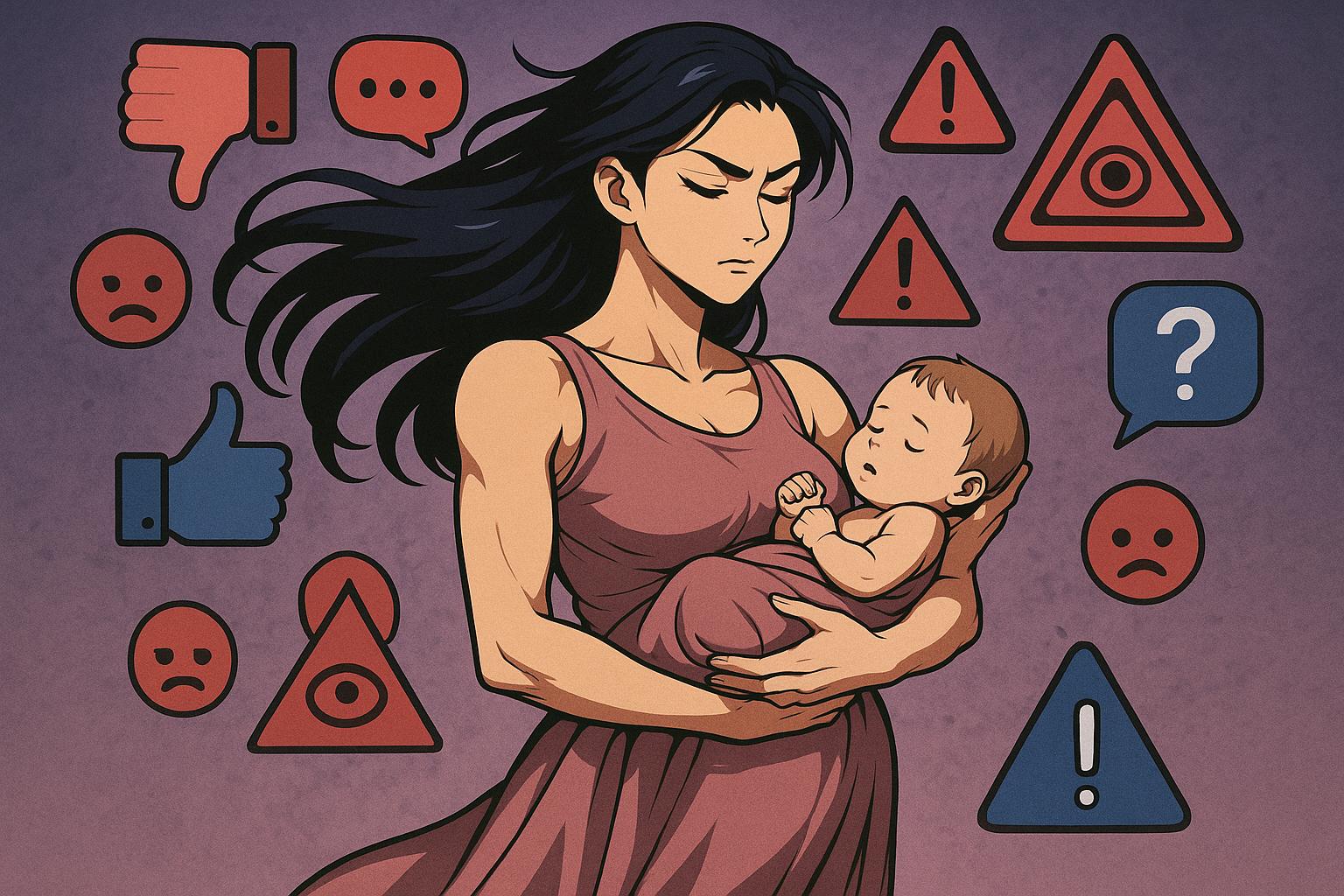Meghan Markle has once again found herself at the centre of a storm of online speculation, sparked by her recent Instagram post celebrating her seventh wedding anniversary with Prince Harry. The Duchess shared a collage that included intimate glimpses into their life together, including touching moments such as Prince Harry holding their son, Archie, as a newborn and a candid image of Meghan showcasing her baby bump during her pregnancy with their first child. However, these seemingly innocent photographs have incited a wave of bizarre conspiracy theories suggesting that she faked her pregnancies.
Among the more outlandish claims, some social media users have suggested that Meghan used a prosthetic baby bump, even going so far as to analyse the sheen of her bare stomach, which they deemed "too shiny" and "far too high" to be genuine. Others have pointed to the sonogram she shared, asserting that the absence of a hospital name and other identifiers raises suspicion about its authenticity. Such scrutiny not only reflects the excessively critical lens through which Markle is viewed but also underscores the wider phenomenon of conspiracy theories that take root in the public consciousness.
These claims are not new. During Meghan's first pregnancy, there was a notable backlash against her choice to keep the birth private and the couple's eventual introduction of Archie to the world. Critics questioned her age—she was 37 at the time—and suggested that her choices were shrouded in secrecy. Royal commentator Liz Jones has been vocal in her condemnation of these theories, arguing in a recent column that the notion of Meghan orchestrating such a grand deception is thoroughly absurd and undermines the royal family's credibility.
In the wake of ongoing conspiracy theories, Meghan herself has addressed these allegations in various public forums. Speaking in an interview with Vogue, she described the personal nature of her pregnancies and the detrimental impact that such misinformation can have on women's health and public perception. This ongoing dialogue reveals a stark contrast to the sensationalist narratives proliferating online, highlighting the need for open and honest conversations about motherhood and women's experiences.
The resurgence of these claims has gained momentum particularly following the couple's Netflix documentary, "Harry & Meghan." Here, the couple sought to portray a more authentic view of their lives, yet instead of dispelling doubts, it seems to have revived interest in the dubious narratives surrounding Meghan's pregnancies. This phenomenon illustrates not only the challenges of combating misinformation but also the complexities of public perception, particularly when viewed through the lens of race and gender.
Social media has played a pivotal role in the spread of these unfounded claims, functioning as both a platform for conspiracy theorists and a battleground where misinformation flourishes. These theories often lead to heightened hostility towards Meghan, as evidenced by the articles outlining the psychological and social factors fuelling this discourse. Critics argue that such conspiracy theories serve not just to tarnish Meghan’s reputation but also reflect broader anxieties about societal norms surrounding motherhood and celebrity culture.
As these unfounded theories continue to proliferate, the implications extend beyond the personal sphere, affecting public discourse and shaping the narrative around modern motherhood. In an age where digital communication allows for swift dissemination of information, the persistence of such misinformation poses greater questions about accountability and the constructs of truth in the public eye.
Engaging with these narratives is crucial, not only to protect individual figures like Meghan Markle but to foster a culture where discourse surrounding women's health and experiences is grounded in truth rather than conjecture. As the anniversary celebrations fade, the conversations sparked by Meghan’s photographs will likely persist, challenging us all to consider how we engage with and interpret the lives of public figures.
Reference Map:
- Paragraph 1 – [1], [2]
- Paragraph 2 – [1], [3], [4]
- Paragraph 3 – [5], [6]
- Paragraph 4 – [2], [3], [5]
- Paragraph 5 – [6], [7]
Source: Noah Wire Services
